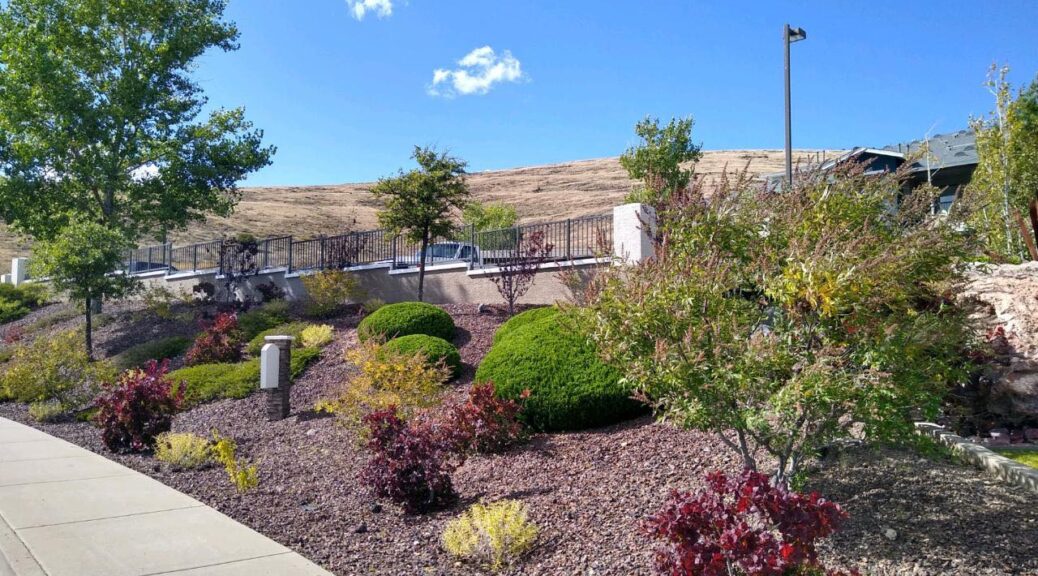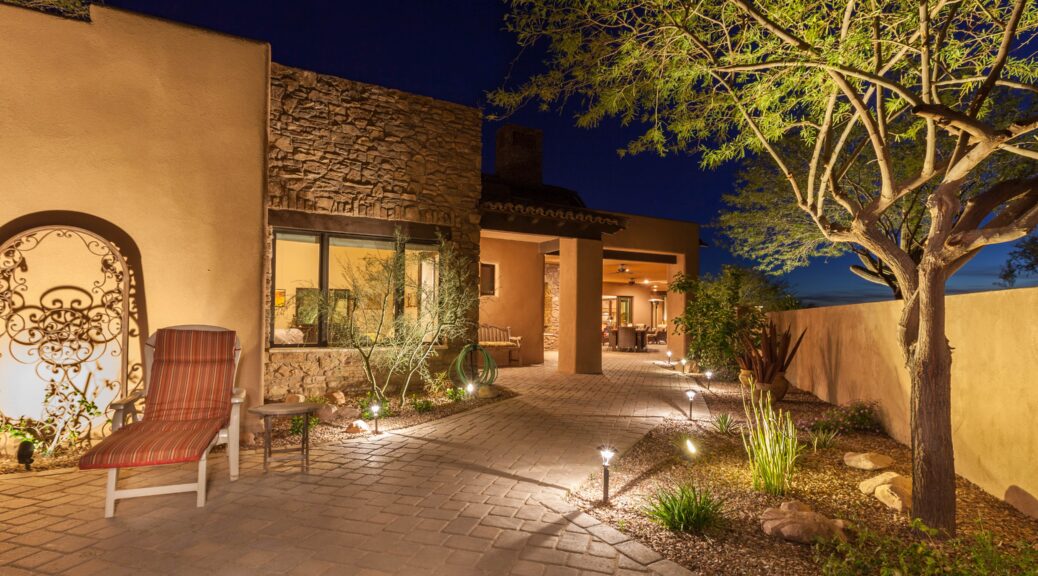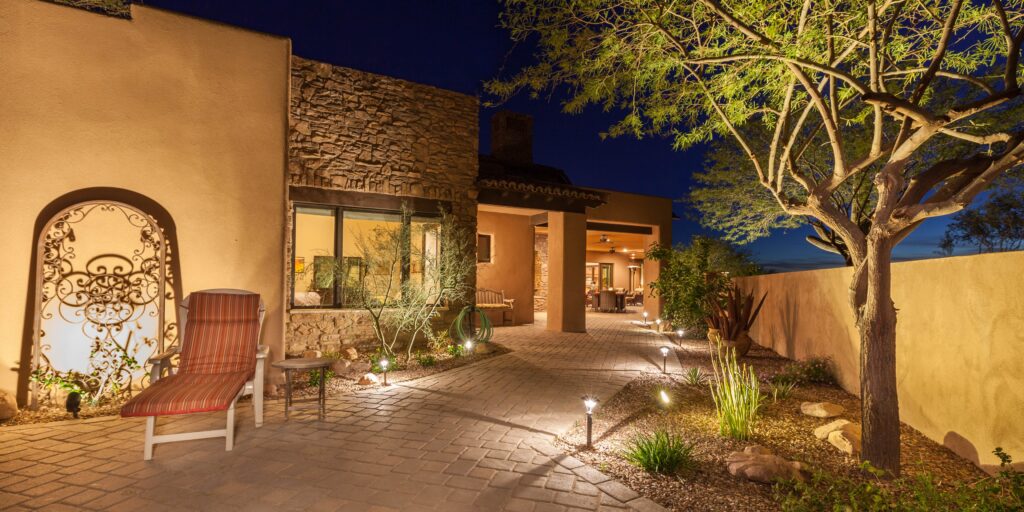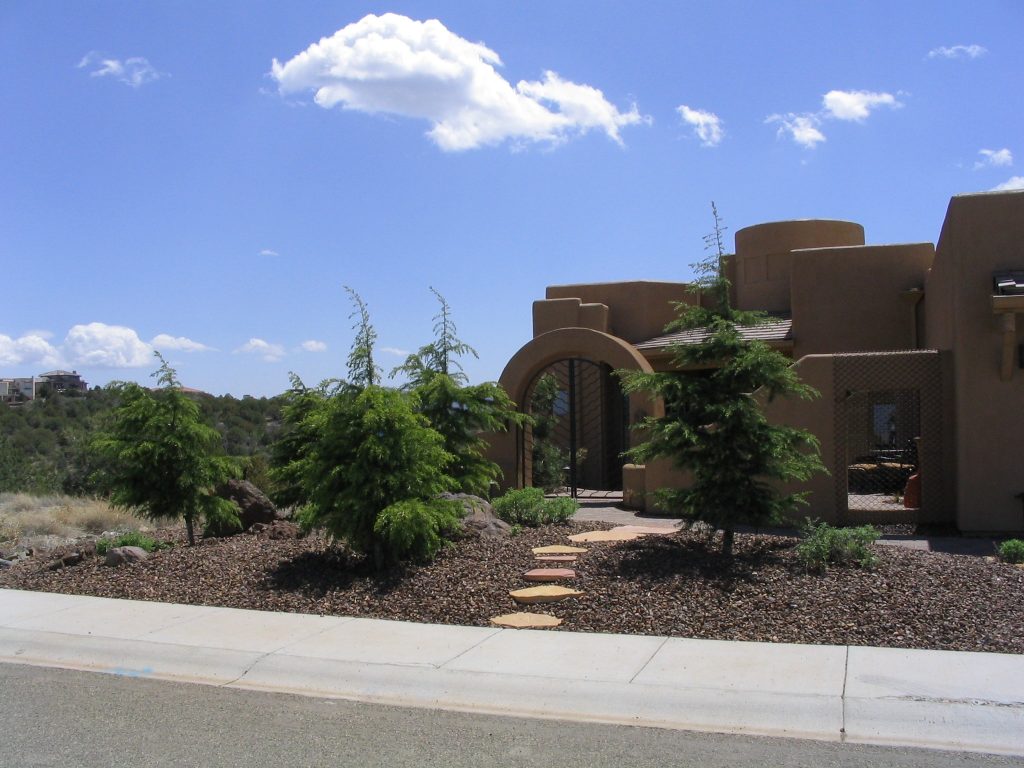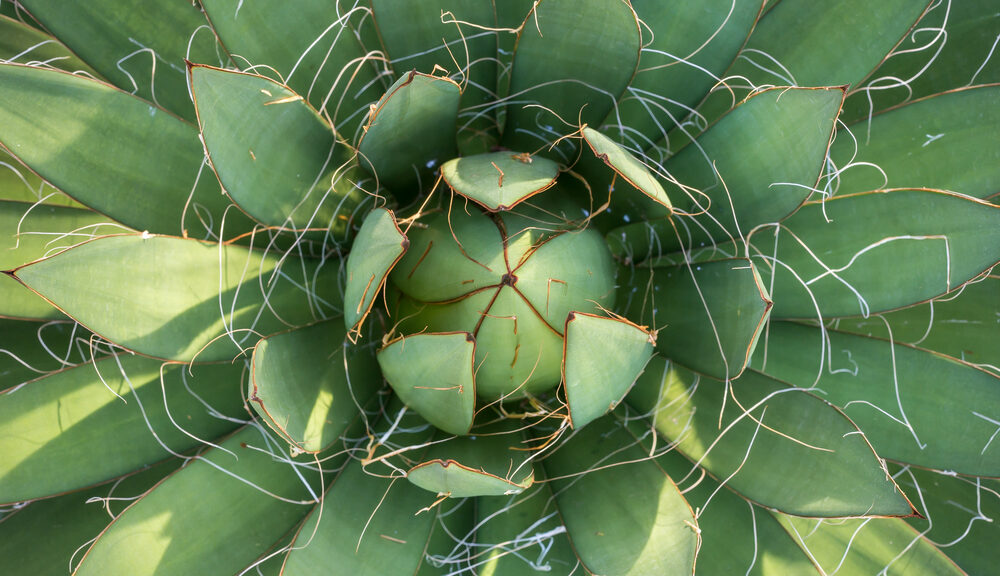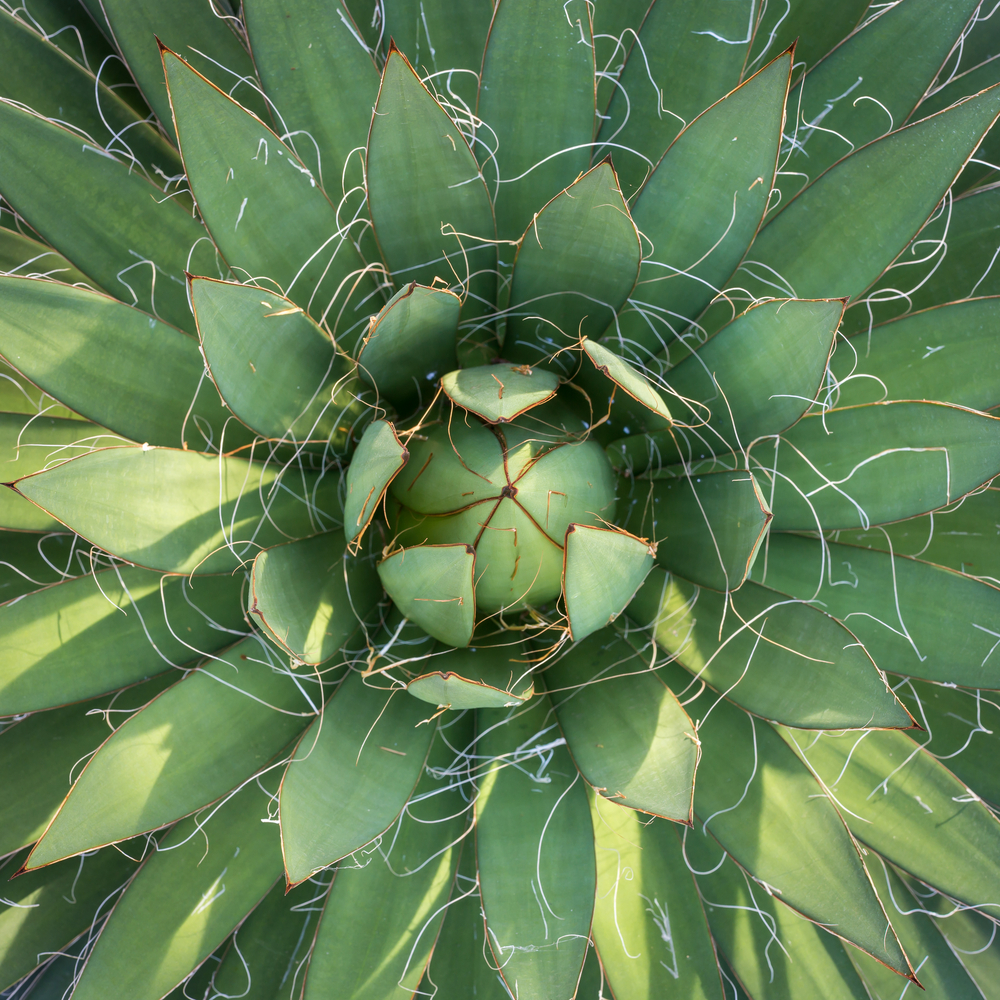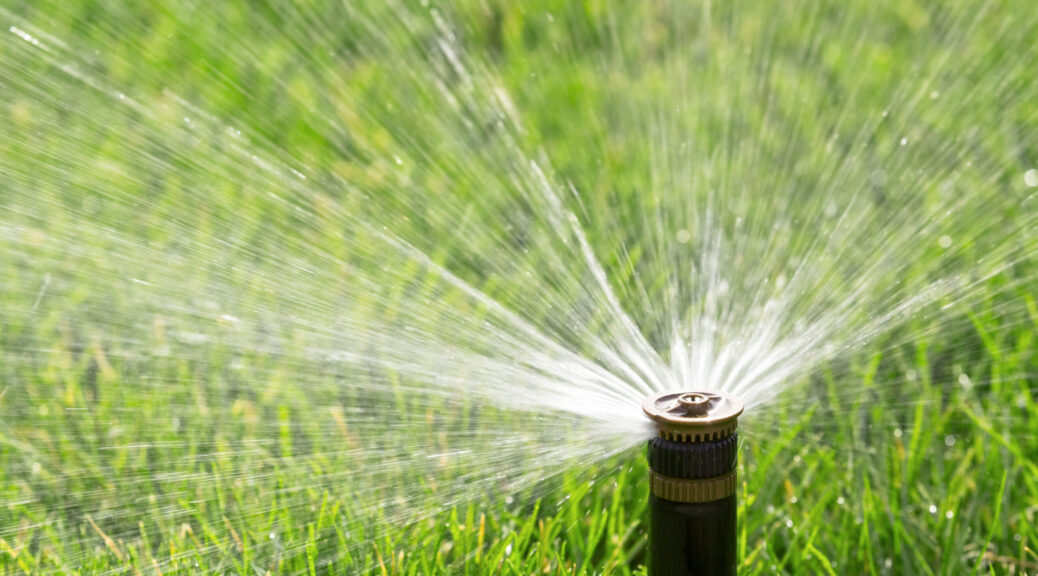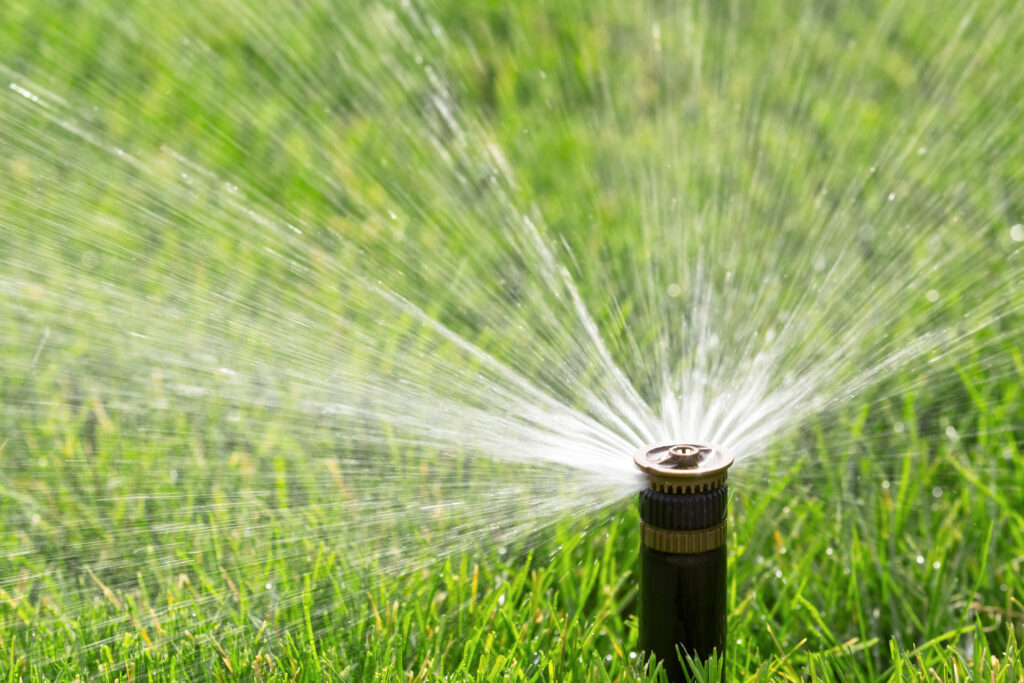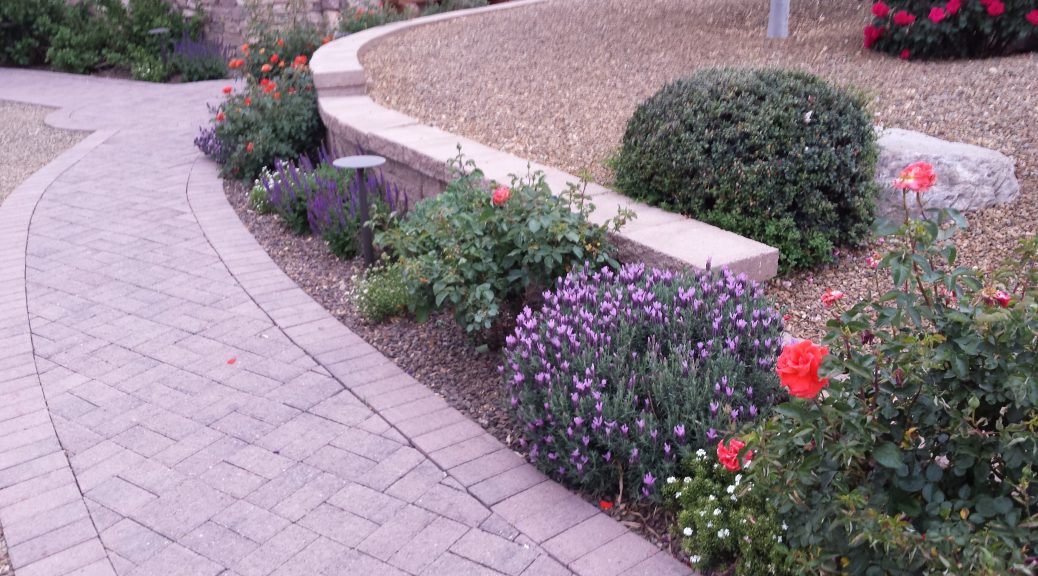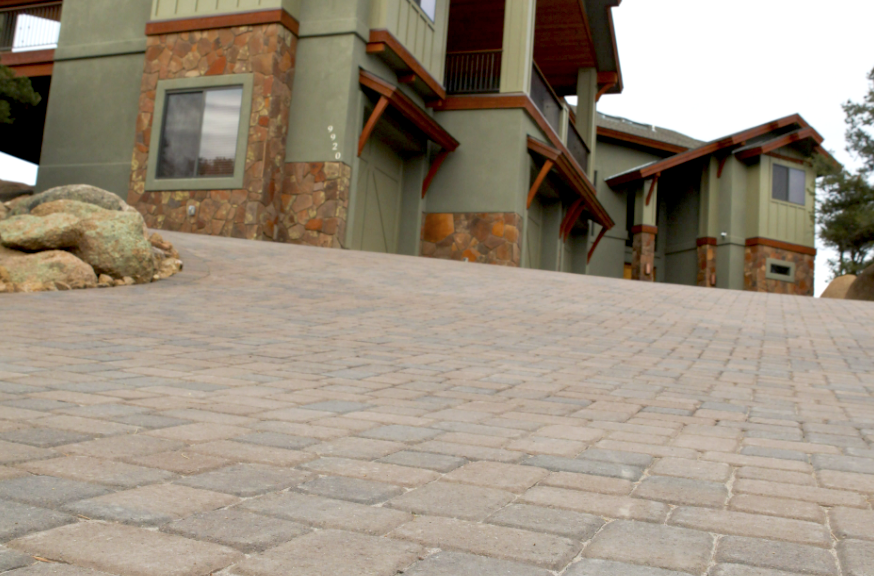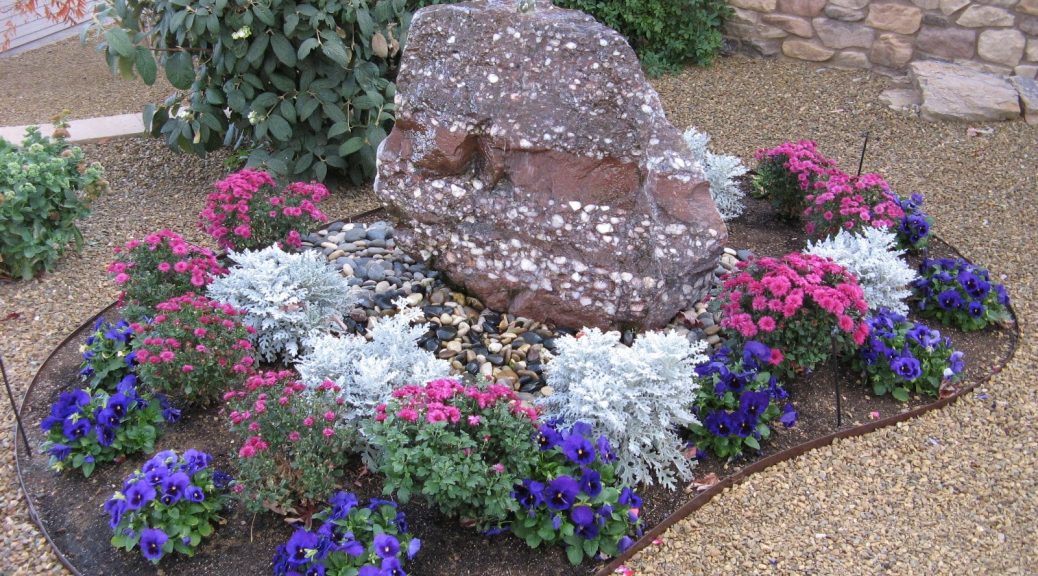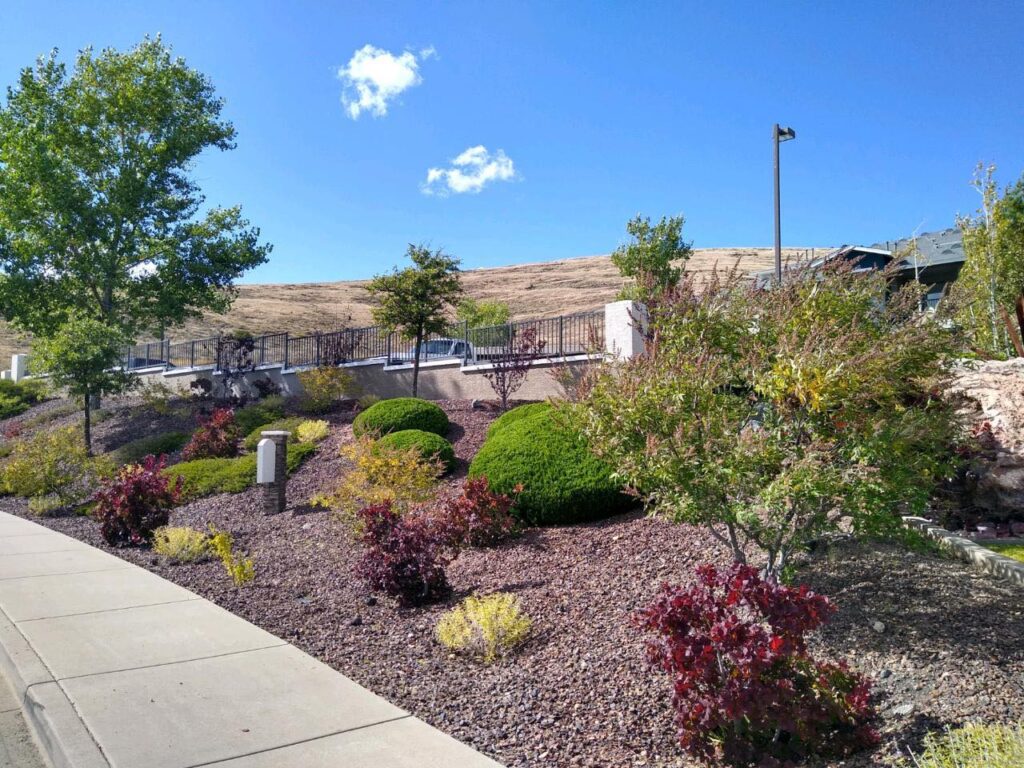
Xeriscaping is a type of landscaping that emphasizes minimal water usage while still creating a beautiful and functional outdoor space. It is especially important in dry and arid climates like Arizona, where water conservation is becoming increasingly important due to limited resources and increasing demand.
The key to xeriscaping is designing a landscape that is adapted to the local environment and uses plants and materials that are well-suited to the climate. This often involves selecting plants that are drought-resistant and native to the area, as well as using efficient irrigation systems and other water-saving techniques. By minimizing water usage, xeriscaping can help reduce the impact of landscaping on the environment and conserve resources for other uses.
One of the biggest advantages of xeriscaping is that it is often low-maintenance. Unlike traditional lawns and gardens, xeriscaped landscapes require less water, fertilizer, and maintenance. Many native desert plants are adapted to thrive in hot, dry conditions, and can survive on little water once established. This means that homeowners can enjoy a beautiful and functional outdoor space without having to spend a lot of time and effort on maintenance.
Xeriscaped landscapes are often more resistant to pests and diseases than traditional lawns and gardens, and can be designed to attract beneficial wildlife like pollinators and birds. Plus, the unique textures and colors of desert-adapted plants can create a beautiful and distinctive outdoor space that reflects the natural beauty of the surrounding environment.
Overall, xeriscaping is a smart and sustainable choice for homeowners in Arizona and other dry climates. By designing a landscape that is adapted to the local environment and uses minimal water, homeowners can enjoy a beautiful and functional outdoor space while also conserving resources and minimizing their impact on the environment. If you’re interested in xeriscaping your own yard, give us a call at (928)-636-1601 so that we can help you select the right plants and materials for your space.




